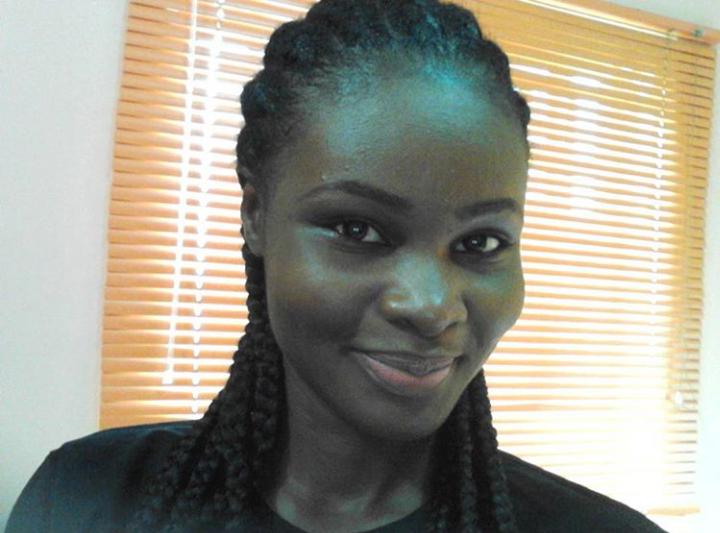Women’s equality and empowerment is one of the 17 Sustainable Development Goals, but also integral to all dimensions of inclusive and sustainable development. In short, all the SDGs depend on the achievement of Goal 5. The 5th goal of the UN sustainable development goals is to achieve gender equality and empower all girls and women. It’s target is to eliminate all forms of violence against all women and girls in the public and private spheres, including trafficking and sexual and other types of exploitation.
Unfortunately as it is, research has shown that 49 countries lack laws protecting women from domestic violence. This requires an urgent action to be able eliminate discrimination that still hinders the right of women in all spheres by 2030. For example, discriminatory laws need to change and its legislation should be adopted to proactively advance. Yet, sadly 49 countries still lack laws protecting women from domestic violence, while 39 ban equal inheritance rights for daughters and sons.
Stark gender disparities remain in economic and political realms. Economically While there has been some progress over the decades, on average women in the labor market still earn 24 percent less than men globally. Also, political wise women recently have entered into political positions, they hold 23 percentage of parliamentary seats which unfortunately still falls short of parity and equity. Women generally are discriminated against and set aside when it comes to holding political positions. If it all she attains such positions, all forms of violence are used to either shut their voices down or forced to leave such positions
Meanwhile, not forgetting violence against women is a pandemic ravaging all countries, even those that have made noticeable progress in other areas. Worldwide, 35 percent of women have experienced either physical and/or sexual intimate partner violence or non-partner sexual violence. Also, research has shown that; from 87 countries, 1 in 5 women and girls under the age of 50 will have experienced physical and/or sexual violence. Harmful practices, such as child marriage, steal the childhood of 15 million girls under age 18 every year are also very rampant in countries
Therefore, UN Women joined the voices of many global actors in pointing out that violence was from the Millennium Development Goals. Women also have a right to equality in all spheres. Thus, it must be embedded across legal systems, upheld in both laws and legal practices, including proactive measures such as quotas
The end of poverty can only be achieved with the end of gender-based discrimination. All over the world, gender disparity makes and keeps women poor, depriving them of basic rights and opportunities for well-being. Women can and should make significant contributions every day from bringing an income to their household as an employed wage earner to creating jobs as an entrepreneur, to taking care of their family and elders.
Sadly, women do 2.5 times more unpaid domestic work than men. While families, societies, and economies depend on this work, for women, it leads to lower earnings and less time to engage in non-work activities. There should be equal distribution of economic resources, which is not only a right but accelerates development in multiple areas. There is a need to be a fair balance of responsibility for unpaid care work between men and women.
Let’s take for instance may not be able to make her crops thrive like a man can because she doesn’t have the same access to seeds, credit, technology, and extension services. She is very unlikely to own her land—only 20 percent of landowners globally are women. If she hopes to someday inherit family property, the law may deprive her of an equal share, or social convention may simply favor her male relatives. Poverty comes with many risks; discrimination leaves women less resilient to these.
However, UN Women acts to end poverty through programs to provide training, loans, and practical skills to empower poor women economically, give them a voice, strengthen social services, and increase awareness of women’s rights. We also work to ensure women’s access to basic services, control over land, and other forms of property, inheritance, natural resources, appropriate new technology, and financial services.
Sexual and reproductive rights are not left out as they are critical in their own right. Shortfalls in these multiply other forms of discrimination, depriving women of education and decent work, for example. Yet only 52 percent of women married or in a union freely make their own decisions about sexual relations, contraceptive use, and health care.
Countries have committed to universal access to sexual and reproductive health care services, but many gaps have slowed progress so far. More than 225 million women have an unmet need for contraceptive methods. In developing regions, where maternal mortality rates are 14 times higher than in developed ones, only half of the pregnant women receive the minimum standard for antenatal care.
Fulfilling the right to health requires health systems to become fully responsive to women and girls, offering higher quality, more comprehensive, and readily accessible services. Societies at large must end practices that critically endanger women’s health and well-being—among them, all forms of gender-based violence.
In conclusion, UN Women acts to empower women and girls across all its programs and advocacy. With stepped-up action on gender equality, every part of the world can make progress towards sustainable development by 2030, leaving no one behind. ( Women and the SDGs)
Olusanya Dayspring

